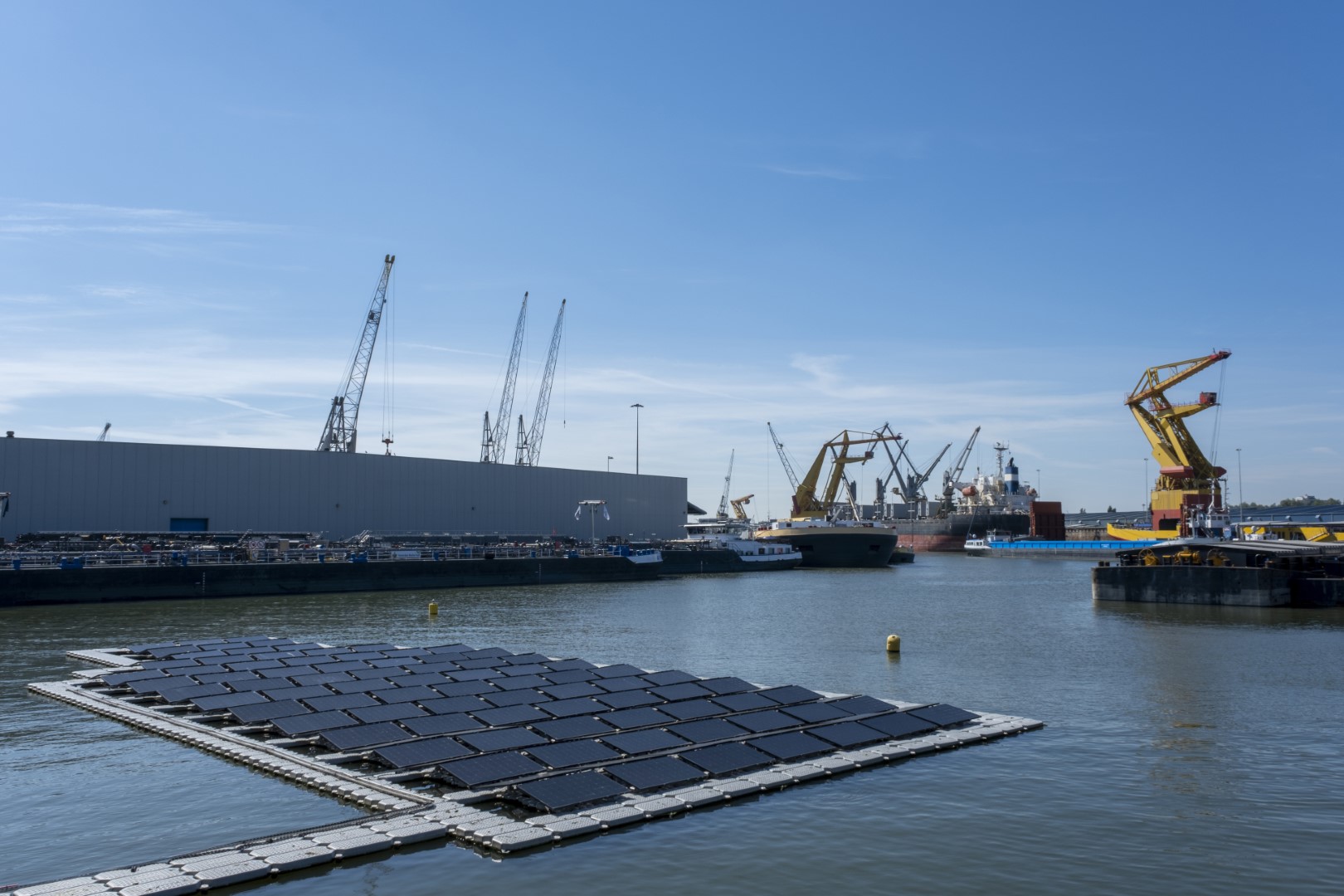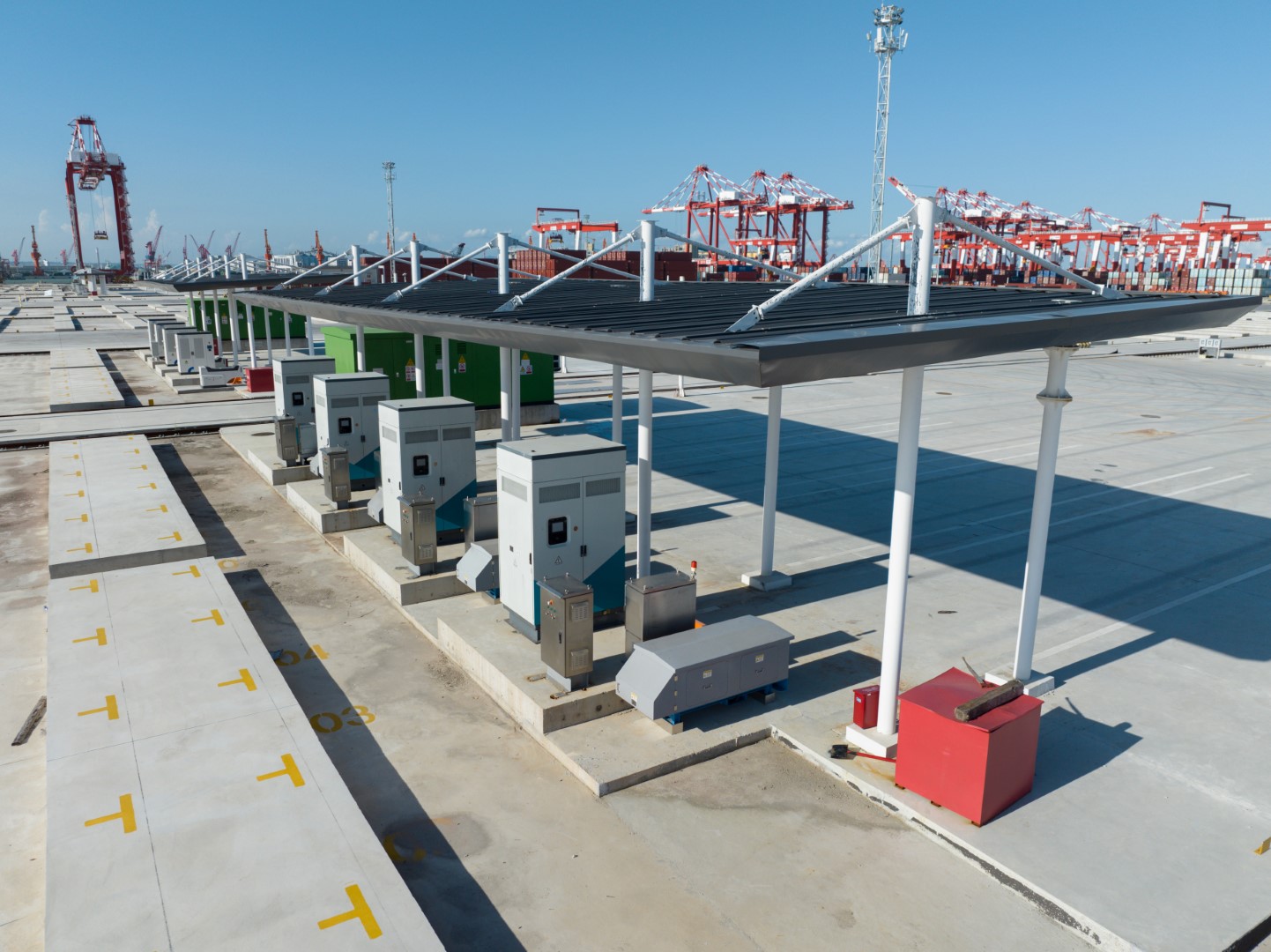Terminal Decarbonisation
Terminal decarbonisation typically requires significant investments and involves making crucial decisions. Expecially since operators of container terminals often aim to achieve specific emission goals for various reasons, including customer expectations, laws and regulations imposed by port authorities, or environmental concerns. Portwise seeks to mitigate the risks associated with these uncertain factors in its projects.
On the path to achieving carbon neutrality, there are several important steps to consider. These include determining current emissions, setting clear reduction goals, identifying ways to cut emissions, calculating emissions over time, assessing cost and layout impacts, and planning actions accordingly. On this
journey, a decision must be made between electrification, hydrogen, hybrid clean fuel, or any combination thereof. Each option presents unique advantages and challenges, requiring thorough consideration of environmental impact, infrastructure development, and long-term sustainability goals.
The road to carbon zero consists of multiple parts:
Determine the current emissions (baseline)
Confirm the objective: by when should emissions be reduced to what level
Identify emission reduction measures
Calculate emissions over the relevant life span of the terminal
Determine the impact on costs and layout
Plan and prioritise in time

To achieve decarbonisation, there are multiple options available to choose from:
Electrification: Electrification involves transitioning from fossil fuel-powered technologies to electric alternatives, mainly renewable energy sources, to significantly reduce emissions.
Hydrogen: Hydrogen presents potential as a zero-emission energy carrier, but widespread adoption hinges on scaling up green hydrogen production, which currently faces challenges in cost and infrastructure development.
Hybrid: Hybrid solutions integrate different technologies, such as combining electric and combustion engine systems in vehicles, offering a transitional approach to reduce emissions while maintaining reliability.
Clean Fuels: Clean fuels like biofuels and synthetic fuels offer lower emission alternatives to fossil fuels, but achieving true zero-emission status requires advancements in production methods and broader deployment of carbon capture and storage technologies.

Road to Carbon Zero plan by Portwise
Portwise is at the forefront of modelling energy consumption to reduce emissions. Our advanced energy scan forms the basis for analysing energy transitions and initiating action plans. Understanding the vital connection between emission reduction and efficiency gains, Portwise’s approach goes beyond the existing on-premise terminal operation and extends to energy sourcing and adopting modern equipment, paving the way for a greener future in port management globally.
The value Portwise delivers:
- Clear business case to future-proof your terminal.
- Insight into emissions that your terminal produces today and tomorrow.
What makes Portwise different?
- Quantification method that delves into numbers.
- Tooling validated against data from live operations.